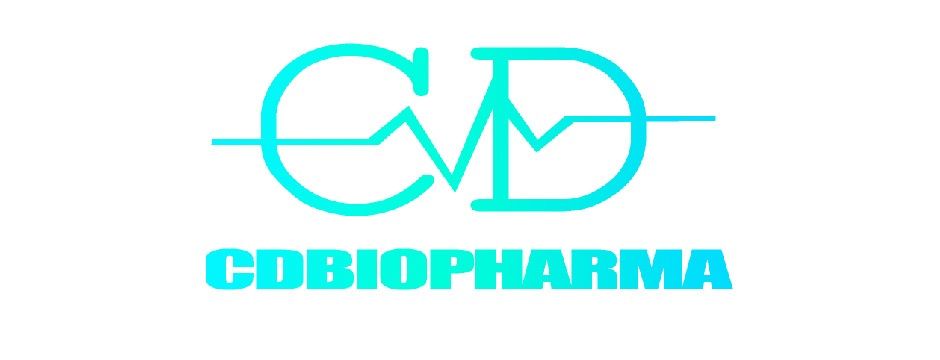预约演示
更新于:2025-05-07
PD-1 x BCMA x IL-21R
更新于:2025-05-07
关联
1
项与 PD-1 x BCMA x IL-21R 相关的药物作用机制 BCMA抑制剂 [+2] |
在研机构 |
原研机构 |
在研适应症 |
非在研适应症- |
最高研发阶段早期临床1期 |
首次获批国家/地区- |
首次获批日期1800-01-20 |
1
项与 PD-1 x BCMA x IL-21R 相关的临床试验ChiCTR2300078977
Single-arm clinical study of PD-1Ab21-BCMACAR-T cells (CD003) in the treatment of refractory and relapsed multiple myeloma
开始日期2023-05-23 |
申办/合作机构- |
100 项与 PD-1 x BCMA x IL-21R 相关的临床结果
登录后查看更多信息
100 项与 PD-1 x BCMA x IL-21R 相关的转化医学
登录后查看更多信息
0 项与 PD-1 x BCMA x IL-21R 相关的专利(医药)
登录后查看更多信息
1
项与 PD-1 x BCMA x IL-21R 相关的文献(医药)2021-06-01·Immunity, Inflammation and Disease4区 · 医学
Disease‐duration based comparison of subsets of immune cells in SARS CoV‐2 infected patients presenting with mild or severe symptoms identifies prognostic markers for severity
4区 · 医学
ArticleOA
作者: Kulkarni‐Munje, Archana ; Shrivastava, Shubham ; Arankalle, Vidya A. ; Lalwani, Sanjay ; Mishra, Akhilesh C. ; Palkar, Sonali
分析
对领域进行一次全面的分析。
登录
或

Eureka LS:
全新生物医药AI Agent 覆盖科研全链路,让突破性发现快人一步
立即开始免费试用!
智慧芽新药情报库是智慧芽专为生命科学人士构建的基于AI的创新药情报平台,助您全方位提升您的研发与决策效率。
立即开始数据试用!
智慧芽新药库数据也通过智慧芽数据服务平台,以API或者数据包形式对外开放,助您更加充分利用智慧芽新药情报信息。
生物序列数据库
生物药研发创新
免费使用
化学结构数据库
小分子化药研发创新
免费使用
